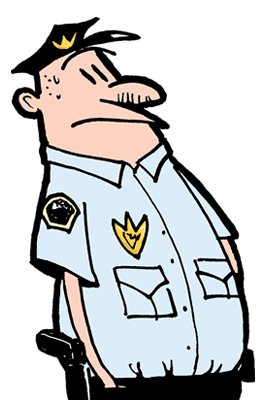“The nation’s leading law enforcement agency [FBI] collects vast amounts of information on crime nationwide, but missing from this clearinghouse are statistics on where, how often, and under what circumstances police use deadly force. In fact, no one anywhere comprehensively tracks the most significant act police can do in the line of duty: take a life,” according to the Las Vegas Review-Journal in its series Deadly Force (Nov. 28, 2011).
I think we should create the ability to track that act. This idea came to me in the wake of the Oct. 6, 2012, killing of a naked, unarmed college student, Gil Collar, at the University of South Alabama. All I wanted was context, to answer a simple question: How many people are killed by police in the United States every year? I looked. I’m still looking. Turns out that Collar was on drugs, including marijuana and 25I-C-NBOMe, also known as 25-I. The freshman never got within 5 feet of the officer. On March 1, 2013, the policeman was cleared of wrongdoing.
I intend to use this website to help create a database of all deaths of individuals through police interaction in the United States since Jan. 1, 2000. I’m FOIA-ing various agencies to get the information, but a large piece of this–the part that will make it sustain after the initial work–will use crowdsourcing to maintain the database in the future.
As a longtime newspaper editor, an instructor, and an advanced student in journalism, I understand standards of ethics and objectivity. I intend to keep this site as impartial and data-driven as possible. I don’t have any grievance against law enforcement, but I do believe Americans should be able to answer some simple questions: How many people are killed in interactions with law enforcement in the United States of America? What do those people look like? Are there some jurisdictions where people are more likely to be killed?
Thanks,
D. Brian Burghart

